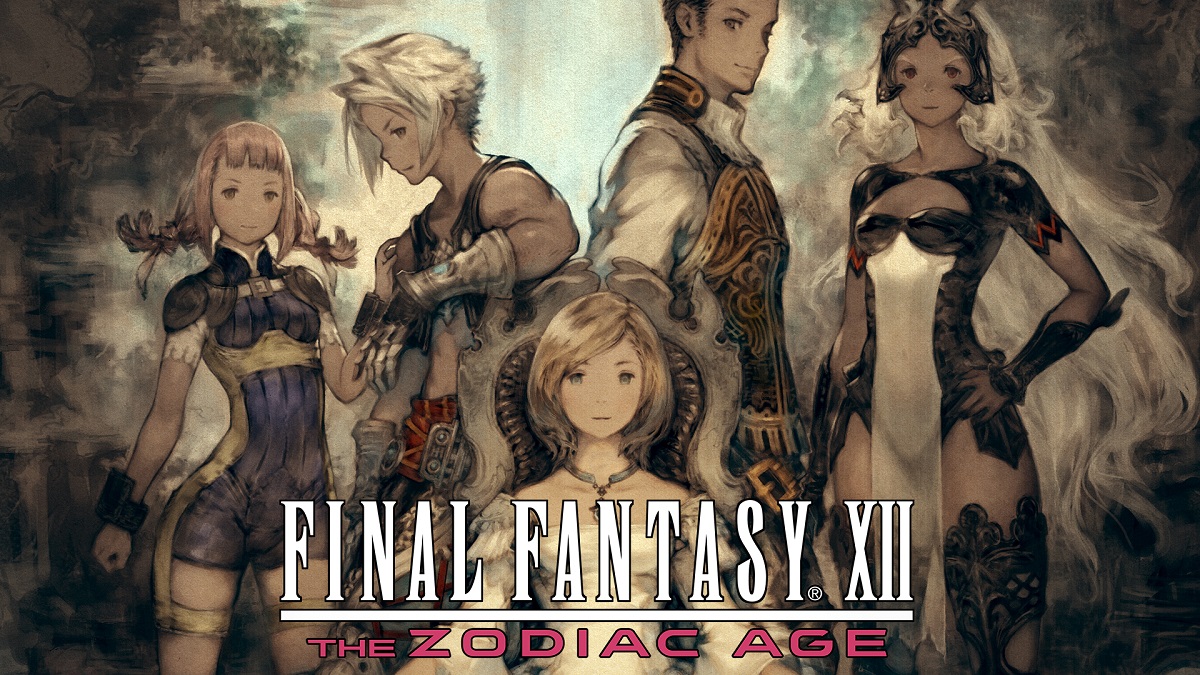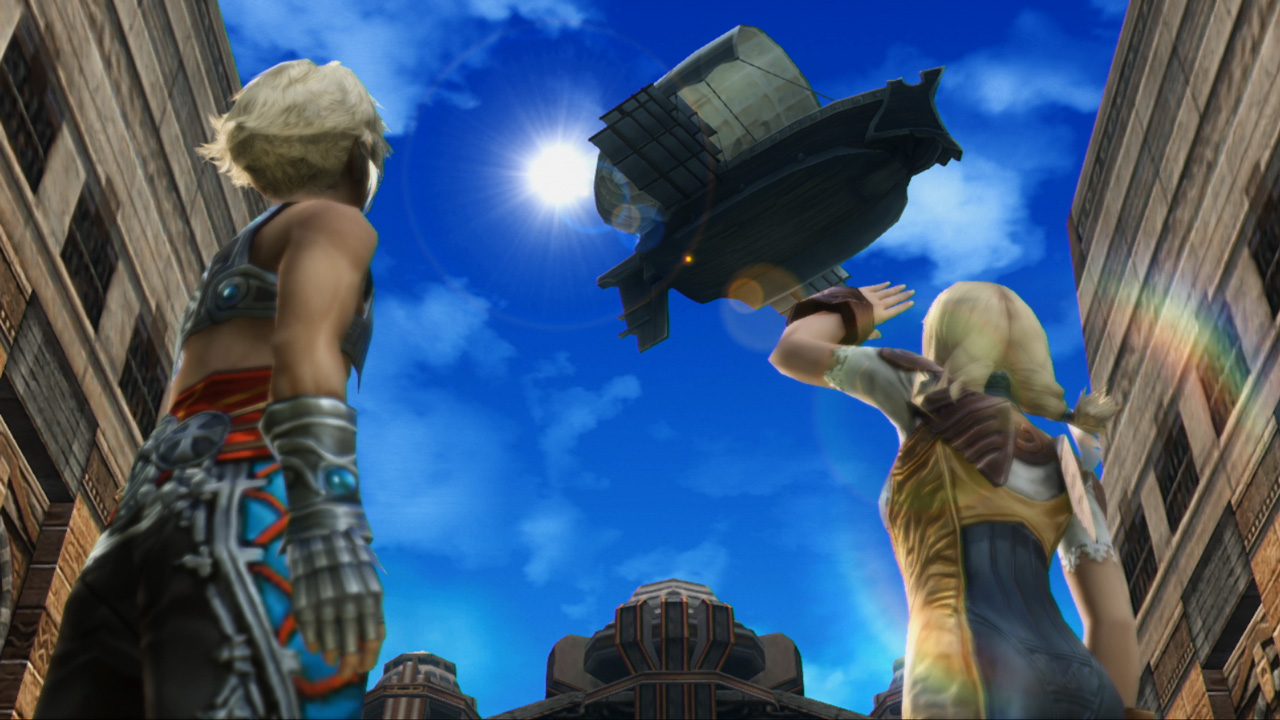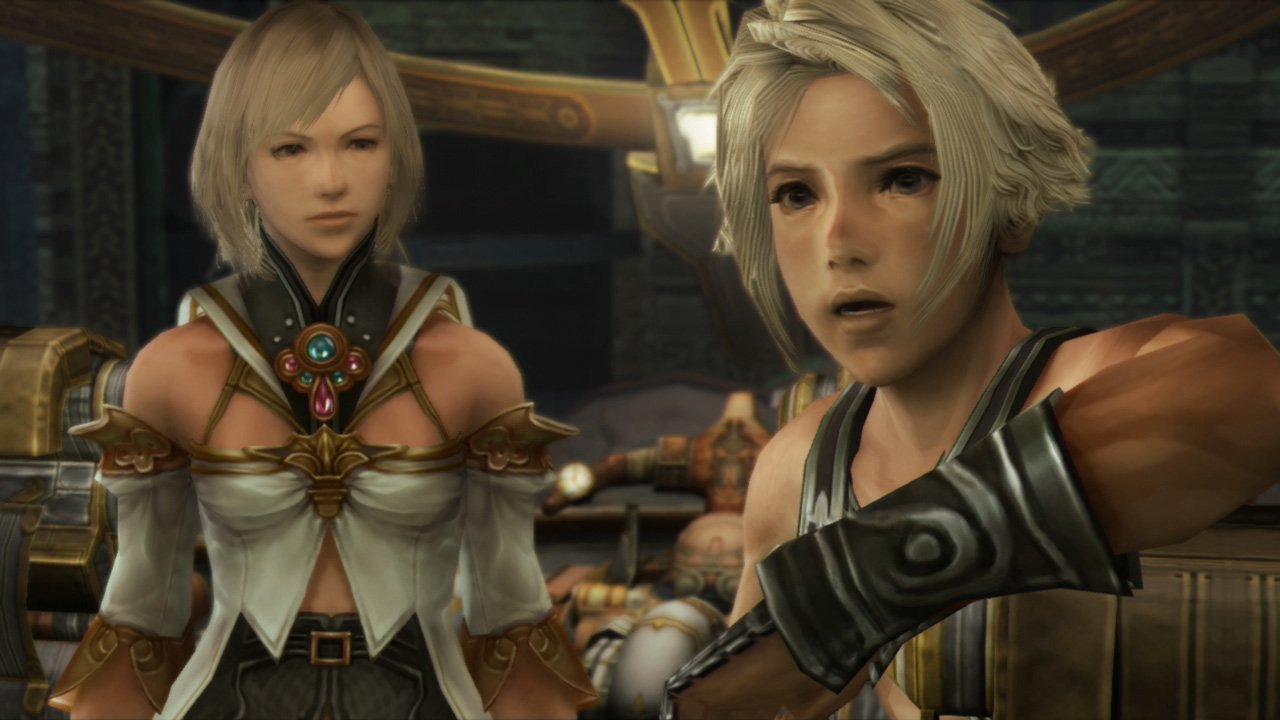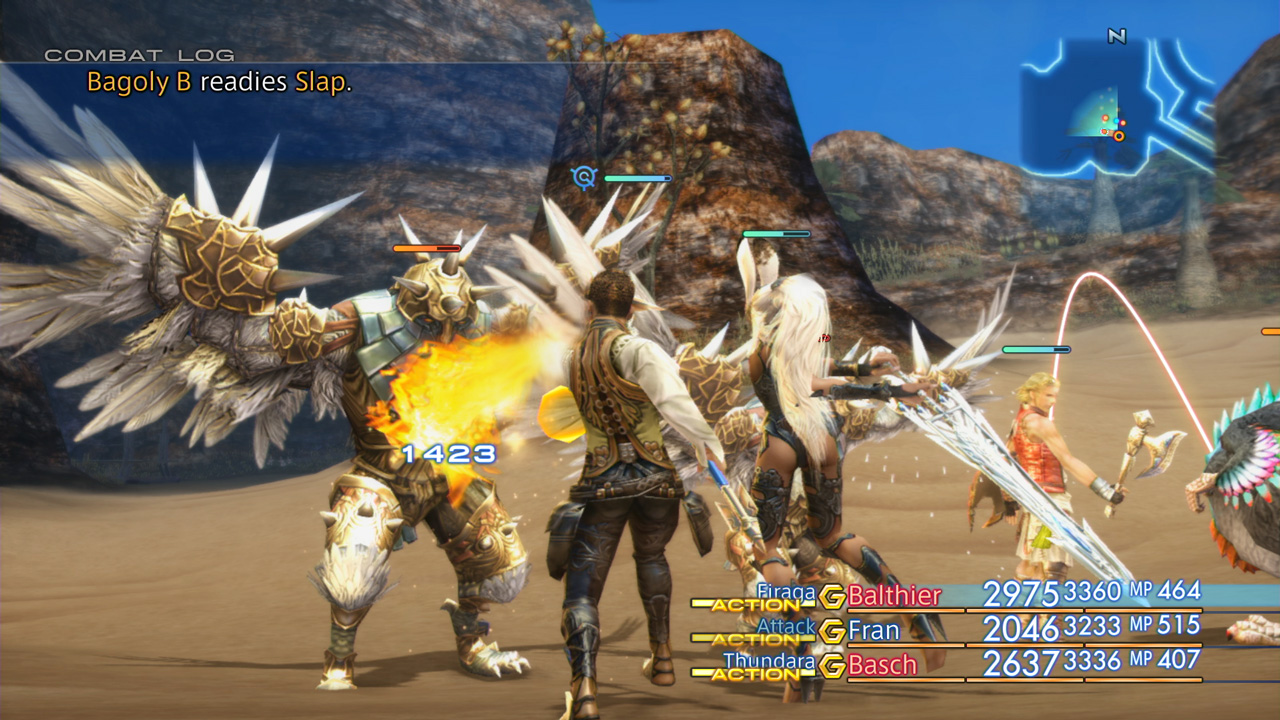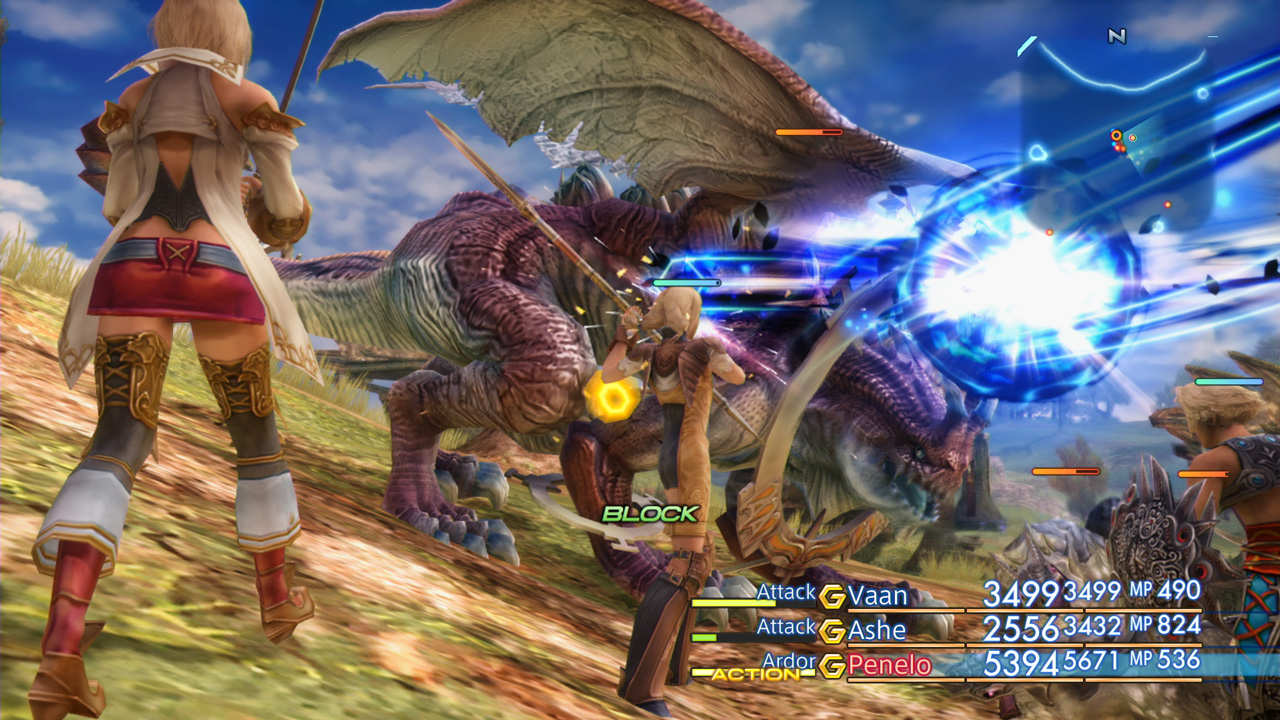I never played this game before getting it for the Switch. In fact, that’s the way I’ve played most of the Final Fantasy games—remastered and re-released for iPad, PS3, etc. I mention that now because I’m approaching the review from the same standpoint as how many of you will be playing it; as someone new to the game.
Final Fantasy XII was originally released for the PS2 in March of 2006. This is not that game, however. Square Enix remastered and re-released Final Fantasy XII in 2017, giving it new features such as a trophy system (I’ll never understand the appeal), better graphics with a performance boost, and—most importantly—the Zodiac job system from which The Zodiac Age takes its name. So, although we’re looking at a port of a 13-year-old game, a bunch of enhancements were already in place before Final Fantasy XII finally arrived on a Nintendo system.
Again, though, I’m not going to focus on that here. I don’t care about what’s been done to make the original better, I’m just going to focus on what we have in front of us, and what we have is pretty good.
Within the first 15 minutes of Final Fantasy XII: The Zodiac Age we get a majestic wedding, an epic battle, some sadness, some control instructions, and a betrayal. The game certainly starts with a bang, but then slows down to actually introduce some characters and let you play and explore. Our protagonist is Vaan, a young, mostly shirtless fellow who turned to thievery after the Archadian Empire conquered his country of Dalmasca, but who dreams of becoming a Sky Pirate.
As you’d expect from a JRPG, there’s plenty of political handwringing and hidden identities/motives to work through, but we eventually settle on a party of six characters (with the occasional guest thrown in) with whom we’ll adventure.
That adventure takes you across numerous landscapes that are often quite impressive in scope. Although Final Fantasy XII is more linear than most adventure games released today, the locations are often so large that it can feel open-world at times. It helps that you have the freedom to quickly travel back to any location using gate crystals or by purchasing a ticket aboard an airship, and there are some side quests and jobs sprinkled in to provide the incentive to do so. Beyond those, however, you’re still pushing forward on a provided path.
All six characters in the game are likable, and there thankfully aren’t any of the tiny animal sidekicks with horribly annoying voices like we usually get in JRPGs. Each character is well-acted and distinctive, even if their relationships with one another never become terribly interesting.
What matters here, though, is how they interact during battles. You decide each character’s role by assigning him/her a license. This presents a grid-based map that allows you to determine what skills and equipment that character can utilize when leveling up. There are 12 “jobs” from which to choose (just like the zodiac, you see), allowing you to focus on ranged weapons, melee weapons, dark magics, light magics, and such. It provides your party a lot of upgrade freedom and, if you decide at some point you’d rather a certain character be used for something else, you can reassign the license and get back all of your upgrade points to make sure he/she isn’t behind after switching. In other words, you won’t have to consult walkthroughs before playing to make sure your party is optimized from the start.
The skills you acquire through the licensing system are then assigned through gambits. This allows you to give preset assignments to the characters you aren’t controlling in battles. You’ll start off with just a few gambits, but more can be opened via the license grid. The gambits themselves are bought in shops scattered throughout the game, allowing you to provide your healer with the ability to automatically cast healing spells when allies reach 70%, 50%, 30%, etc., for example. You can have a character instantly cure an ally of poison or sleep if you’ve acquired those gambits and assigned them. You can have a character automatically cast fire spells against enemies that are weak to fire. You can have them focus on the enemy you’re fighting, but then switch to defend themselves the moment they’re attacked.
The amount of control you get is staggering as you progress, which can be both good and bad. It’s good in that it allowed me to focus on my main character in battle (although I could put him/her on the gambit system, too), but bad in that I never felt like I had my party correctly optimized. With six characters that have three sets of gambits to monitor, it’s pretty much impossible to remember who has what when going into battle. As such, I’d often spend 10 minutes setting up gambits for fights that took two minutes to win, dragging the game to a crawl in certain spots. Most of the areas thankfully feature the same types of monsters throughout, so you can set your gambits once and generally be good until you meet that area’s boss. And speaking of that, it was quite fun to have my butt kicked by a boss only to trounce it on the next fight thanks to just a few gambit tweaks.
The gameplay works quite well when stacked against the JRPGs of today, but the visual presentation does feel somewhat dated. Although remastered, Final Fantasy XII: The Zodiac Age still looks drab when compared to the colorful splendor of competing Nintendo Switch adventures. I personally feel the recently released Final Fantasy X and X-II ports look better on the Switch, but The Zodiac Age is much easier to look at than VII.
Review: Final Fantasy XII: The Zodiac Age (Nintendo Switch)
Very Good
All of this comes together for a mostly engaging strategic experience that is just long enough to not wear out its welcome. You’re not going to sink hundreds of hours into it like you did with Breath of Wild and Xenoblade Chronicles 2, but that’s a good thing in this case. Final Fantasy XII: The Zodiac age chugs along at a decent speed (albeit sometimes slowed by long, repetitive environments and the micromanagement of the gambit system), with story elements dropped in just often enough to keep you intrigued.

